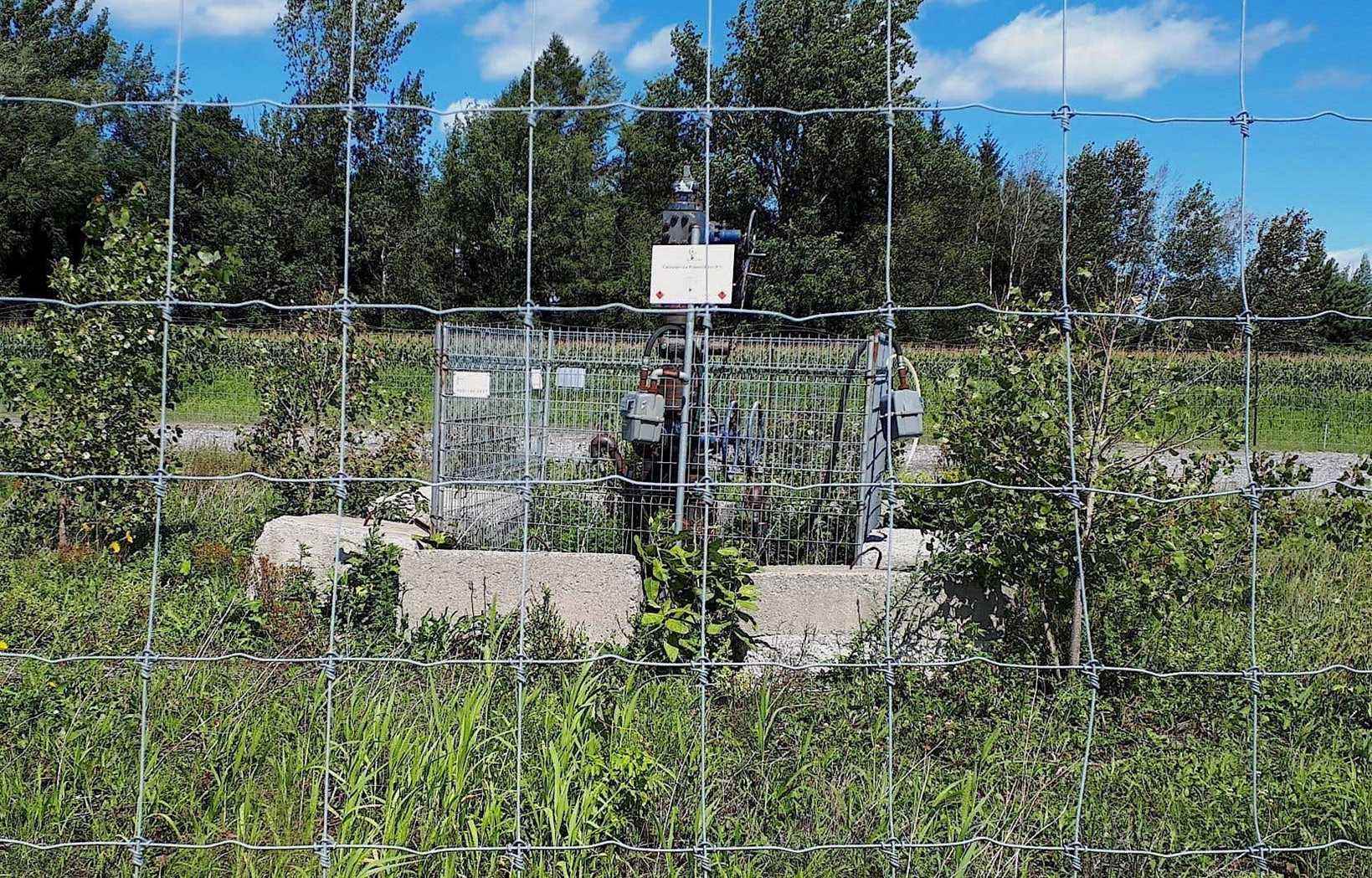Despite the end of oil and gas exploration in Quebec, several municipalities will have to continue to cohabit with old wells on their territory, some of which represent risks for the environment and public health. They are therefore asking the government to act quickly and transparently. The ministry responsible for wells, however, refused to send the Homework a list of 62 wells to be restored, as well as the names of the companies responsible.
As consultations begin this Tuesday on the bill that will put an end to oil and gas exploration, the Quebec Federation of Municipalities (FQM) intends to take advantage of this forum at the National Assembly to stress the importance of occupy dozens of oil and gas wells that have been drilled in recent years. This request is at the heart of the thesis which will be presented in the morning.
“It is the municipalities that will have to live with the wells in the years to come. We therefore want the closure process to be done with respect for the environment and with transparency. Communities need to be made aware of what has been done, such as fracking and the chemicals used. The follow-up must also be done rigorously, because we don’t want to find orphan wells, as in the past,” explains the president of the FQM, Audrey Boisjoly, in an interview with the Homework.
She recalls that some municipalities, faced in the past with exploration projects launched without public consultation and without a regulatory framework specific to the industry, were concerned about the risks for their citizens. They therefore require a paradigm shift for the future. “We have always asked to be informed of what is happening on our territory. We are the first to be called upon by citizens, so we want to be informed and consulted. It’s essential. »
62 wells
According to what the Legault government provides with Bill 21, Quebec will reimburse 75% of the costs for the closure and restoration of 62 wells that have been drilled, including 29 shale gas wells, but which still belong to companies. The government estimates the bill at $33 million.
The duty asked the Ministry of Energy and Natural Resources (MERN) for the list of 62 wells, but also the names of the companies responsible and an assessment of the costs. “The information requested unfortunately cannot be transmitted through a media request,” the ministry replied, inviting the submission of an access to information request.
The bill for the 62 wells, to which must be added approximately $70 million in compensation to companies that still hold exploration permits, does not take into account all the wells. We must indeed add 95 abandoned wells at the expense of the State and which require “work”, in particular to stop gas and oil leaks.
The final bill is currently impossible to specify, but the cleanup of some orphan wells is valued at several million dollars. For the moment, the 30 wells for which the MERN has entered a cost estimate lead us to a total bill of $54 million. This estimate concerns less than a third of the 95 wells deemed problematic, out of the 534 that have been located since 2018.
Offsets
The consultations being held this week in Quebec City will allow elected officials to hear from industry representatives, environmental groups and energy experts.
Environmental groups intend to reaffirm that the government should not offer compensation for the cancellation of the approximately 182 exploration permits still in force. In 2011, when banning oil and gas exploration in the St. Lawrence River and estuary, the Charest government closed the door to such compensation.
Representatives of certain companies still present in Quebec believe that the end of exploration will cause them to lose hundreds of millions of dollars, even billions in potential revenue, even if no exploitation project has seen the light of day. .
According to a list of the amounts received by the MERN for the maintenance of exploration permits since 2011, it can be estimated that the companies have disbursed approximately $13 million over 10 years. There are no independent data on investments made by companies.
